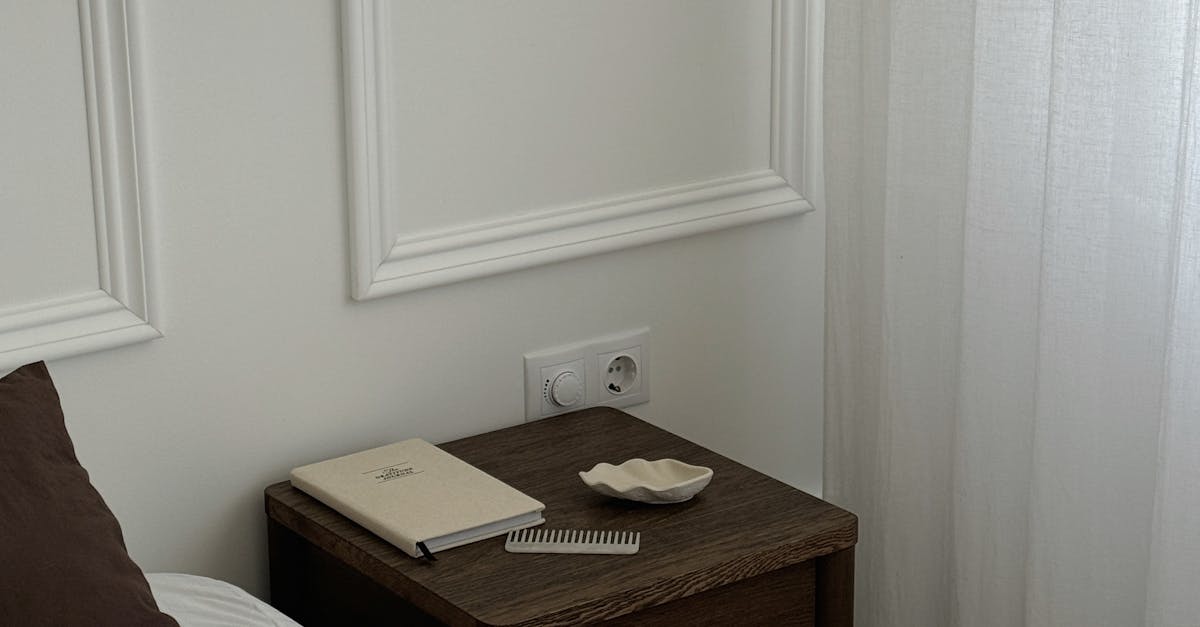
Incorporating thermal breaks into the design and construction of a passive house can lead to improved energy efficiency and overall thermal performance. Not only do thermal breaks help in reducing heat loss, but they also contribute to maintaining a consistent indoor temperature and enhancing occupant comfort. With the correct placement and proper installation of thermal breaks, passive houses can achieve higher standards of insulation performance, resulting in reduced heating and cooling costs over the building's lifecycle.How can the effectiveness of thermal mass be measured and evaluated in a passive house setting?FAQS
Thermal Mass's Role in Reducing Heating and Cooling Costs in Passive House DesignHow does insulation help combat thermal bridging?
What is the role of thermal mass in reducing heating and cooling costs in passive house design?
to evaluate heat distribution within the building. Regular assessments can help optimize thermal mass utilization for maximum solar gain benefits.
Why is monitoring and assessing thermal mass performance important in passive house construction?
Monitoring and assessing thermal mass performance helps to ensure that the design and implementation of thermal mass elements are effective in optimizing solar gain and energy efficiency, ultimately contributing to the overall performance of a passive house.
Related Links
Passive Solar Design Strategies for Passive House ProjectsHarnessing Solar Energy for Heating and Lighting in Passive House
Integrating Solar Gain and Shading into Passive House Architecture
Impact of Solar Gain on Passive House Energy Performance
Passive House Shading Solutions for Maximum Solar Efficiency
Passive House Design: Balancing Solar Gain and Shading
Optimising Solar Orientation for Passive House Construction
Understanding Solar Shading Techniques for Passive Houses